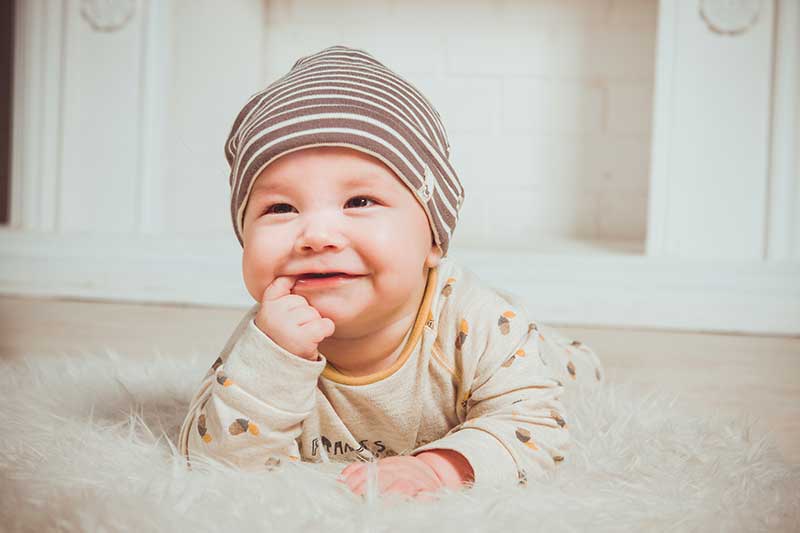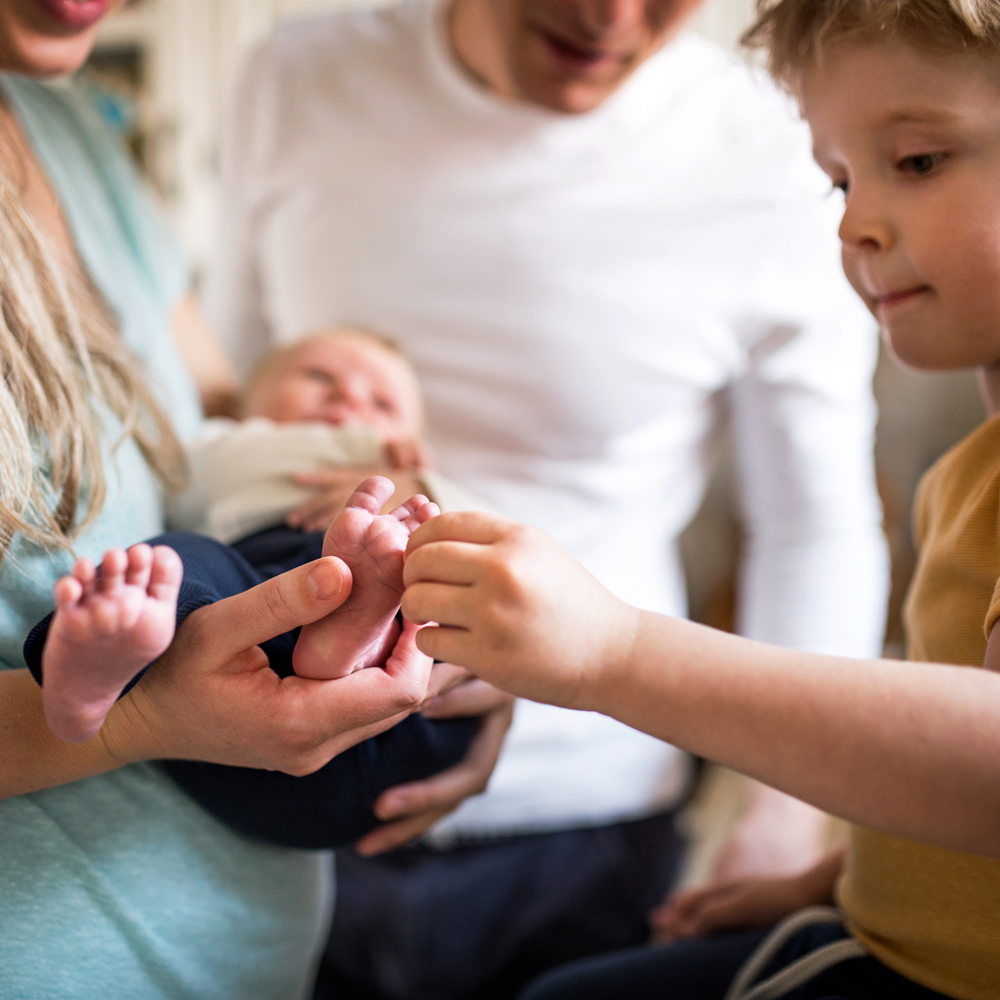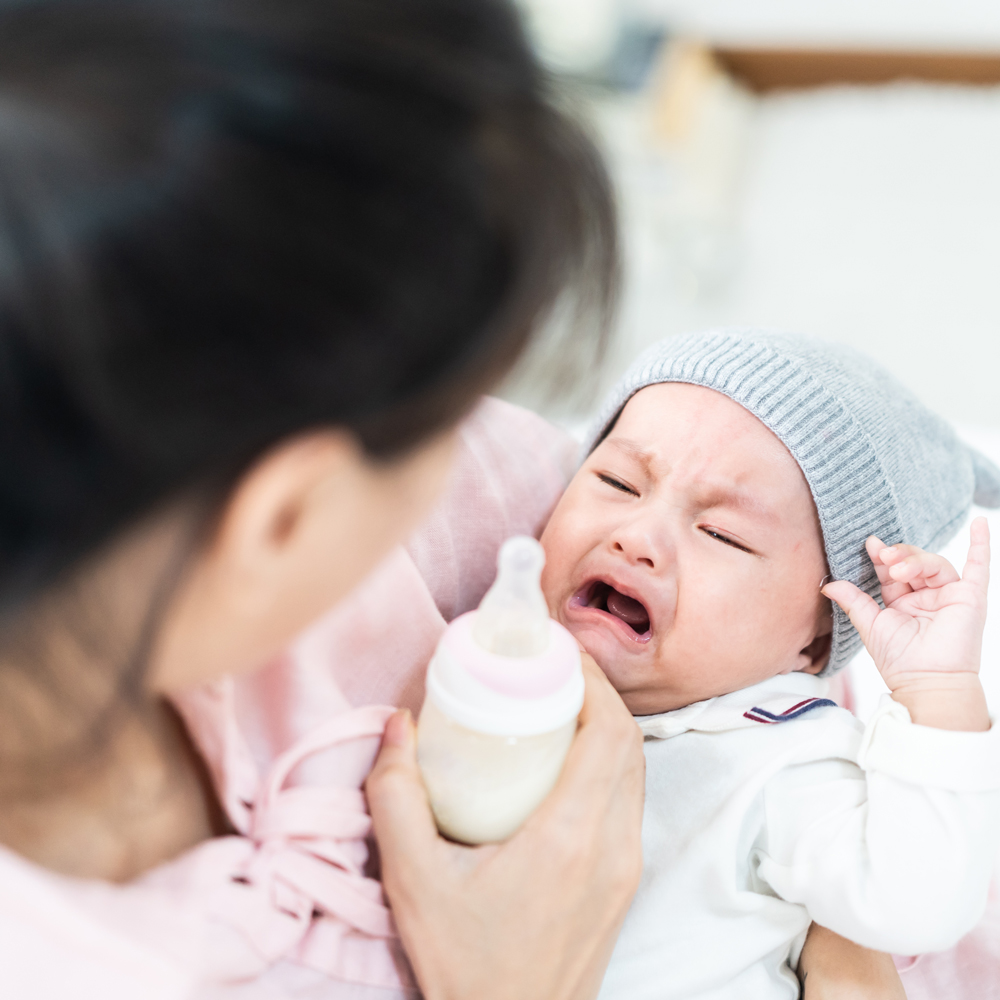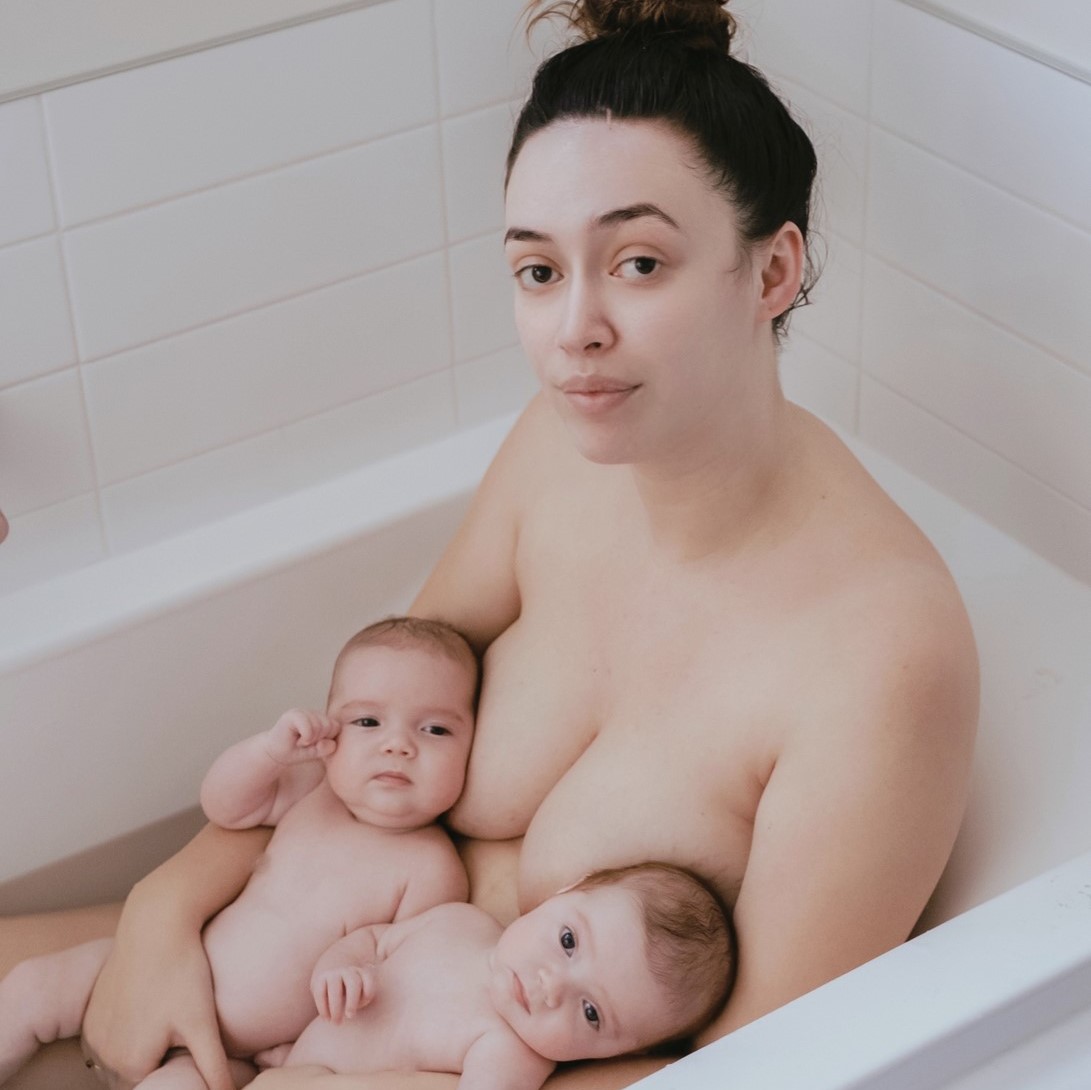All About Teething: Signs, What Happens, and How to Help

When it happens, what to expect and how to soothe your baby.
Every child responds differently to teething; some find it quite unsettling, while others barely notice it happening at all. For those that do experience symptoms, teething can be a trying (and often tiring) time for both baby and parents.
SIGNS OF TEETHING
- Sore and tender gums
- Increased dribbling
- Dribble rash on their chin or face
- Red cheeks
- More grizzly and harder to please than usual
- Desire to bite
- Slight increase in temperature
- Rubbing their gums
- Wanting to suck more
- Changes in feeding patterns
- Decreased appetite (if on solids)
- Disrupted sleep
- Changes in poo, which may result in nappy rash
While teething can be painful for your pēpi, it won’t make them sick. If your baby has a high fever, diarrhoea, or vomiting, they may be unwell and, in this instance, you should see your GP for an appointment. If you can’t get to the doctor and you’re worried about your baby’s health, call Healthline for free on 0800 611 116 for advice, 24/7.
HELPING YOUR BABY THROUGH TEETHING
When a baby is teething, discomfort comes from the tooth or teeth moving to the surface of the gums. The gum tissue may become swollen and red, and appear tight and shiny before the tooth or teeth erupt (cut through).
To soothe your baby’s sore gums, you can:
- Continue breastfeeding your baby on demand. Nursing can help to soothe them, especially if they’re wanting to suck more than usual.
- Offer your baby a cold moistened washcloth to clamp down on.
- Massage their gums with your clean finger.
- Give your baby a teething toy to chew on, like a teething ring that has been cooled in the fridge.
If your baby is struggling with teething and you’re unsure how to help them, call PlunketLine on 0800 933 922 for free advice from a Plunket nurse any time, day or night.
If your baby is drooling a lot, you can protect their clothes by getting them to wear a dribble bib. It will also be handy for wiping their face and preventing a dribble rash from developing.
WHEN TEETHING HAPPENS
Your baby’s first tooth will usually appear at around six months, but some babies will get theirs sooner or later than this. Your pēpi will have their first full set of teeth – 20 ‘baby teeth’ – by the age of three.
The first teeth to come through are usually the lower front teeth, often followed by the upper front teeth. The image, below, shows when you can expect each tooth to come through. Sometimes they come through in this order, but don’t worry if your baby’s teeth appear in a different pattern. The teeth will come through when they are ready and this is just a general guide.

UPPER TEETH
⬤ 8-12 months
⬤ 9-13 months
⬤ 16-22 months
⬤ 13-19 months
⬤ 25-33 months
LOWER TEETH



